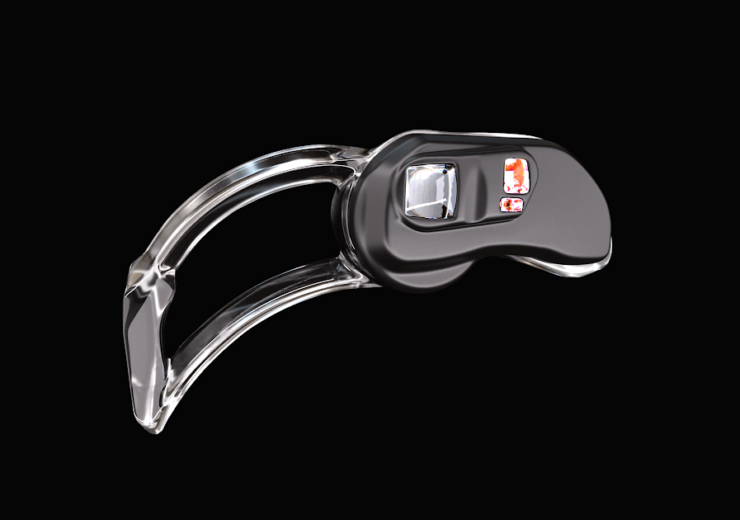The wearable device, dubbed STAT, leverages an optical sensor instead of ultrasound and focuses on a shallow ear artery to measure a proxy to ultrasound-derived Cerebral Blood Flow

STAT is the world’s smallest wearable. (Credit: STAT Health)
STAT Health has rolled out its continuous, in-ear wearable device that measures blood flow to the head, to better understand symptoms such as dizziness, brain fog, headaches, fainting, and fatigue, which occur upon standing.
The symptoms are commonly associated with long-Covid, postural orthostatic tachycardia syndrome (POTS), myalgic encephalomyelitis/chronic fatigue syndrome (ME/CFS), and other orthostatic syndromes.
The wearable device, dubbed STAT, was tested at Johns Hopkins University, and the results were published in the peer-reviewed Journal of the American College of Cardiology (JACC).
In the clinical tests, STAT has predicted patients who would faint, a few minutes in advance.
STAT Health is supported by $5.1m seed funding from J2 Ventures, BonAngels Venture Partners, and a group of angel investors, along with grant funding from the US Air Force.
STAT Health co-founder and CEO Daniel Lee said: “It’s well understood that the ear is a biometric gold mine because of its close proximity to the brain and major arteries. This allows for new biometrics such as Blood Flow to Head and Blood Pressure Trend to be possible.
“In addition, the ear is largely isolated from data corruption caused by arm motion – a problem that plagues current wearables and prevents them from monitoring heart metrics during many daily tasks. The ear is really the ideal window into the brain and heart.”
According to the company, people with long-Covid, POTS, and ME/CFS present certain symptoms upon standing, due to reduced blood flow to the brain.
Researchers at Johns Hopkins, Brigham and Women’s, and Harvard Medical School have used ultrasound to show that Cerebral Blood Flow is a key biomarker for such illnesses.
STAT leverages an optical sensor instead of ultrasound and focuses on a shallow ear artery to measure a proxy to ultrasound-derived Cerebral Blood Flow.
In addition, the device features an accelerometer, a pressure sensor, temperature sensors, AI edge computing, multi-day battery life, and a micro solar panel.
The company claims that STAT is the world’s smallest wearable, with half the rigid volume of Bose sleepbuds, and is smaller than a few in-the-canal hearing aids.
Lee added: “Nobody has realised the ear’s true potential due to the miniaturization and complex systems design needed to make a practical and user-friendly ear wearable.
“I’ve been pioneering ultra-miniature in-ear electronics for about a decade including my work bringing Bose sleepbuds to market, and it still took us three years to figure this out.
“After multiple engineering breakthroughs, we’ve succeeded in unlocking the ear to combine the convenience and long-term nature of wearables with the high-fidelity nature of obtrusive clinical monitors.”
